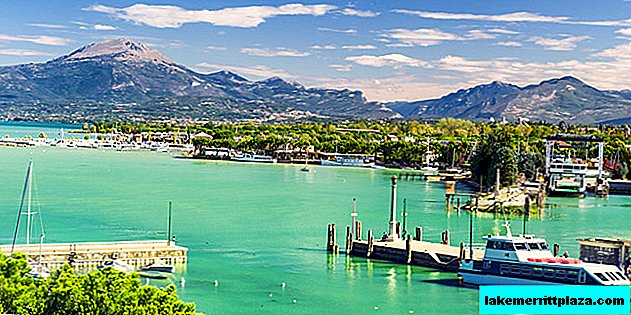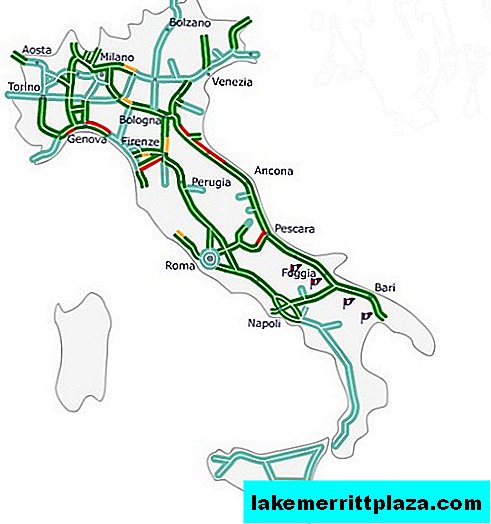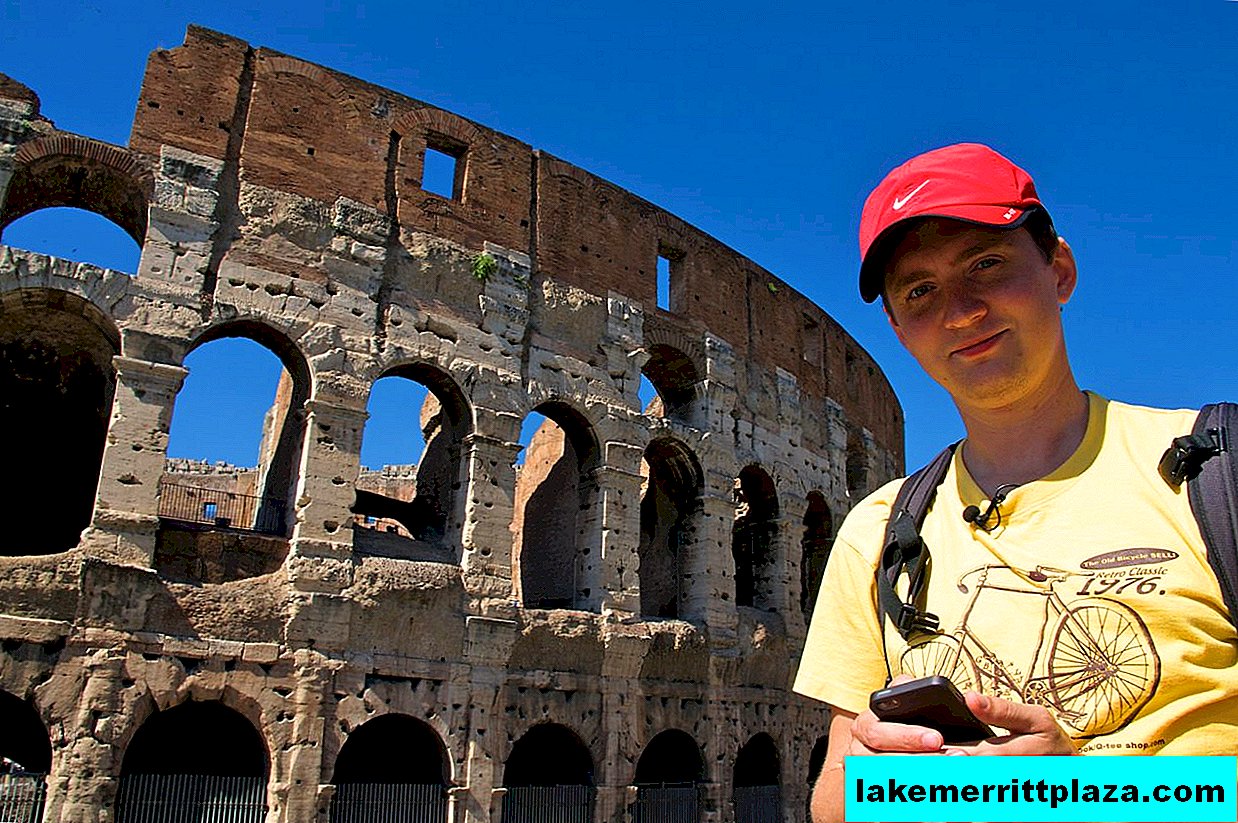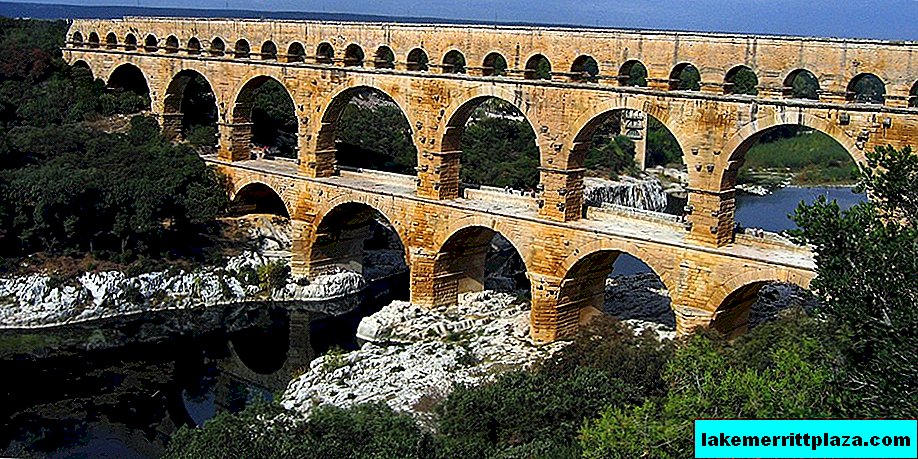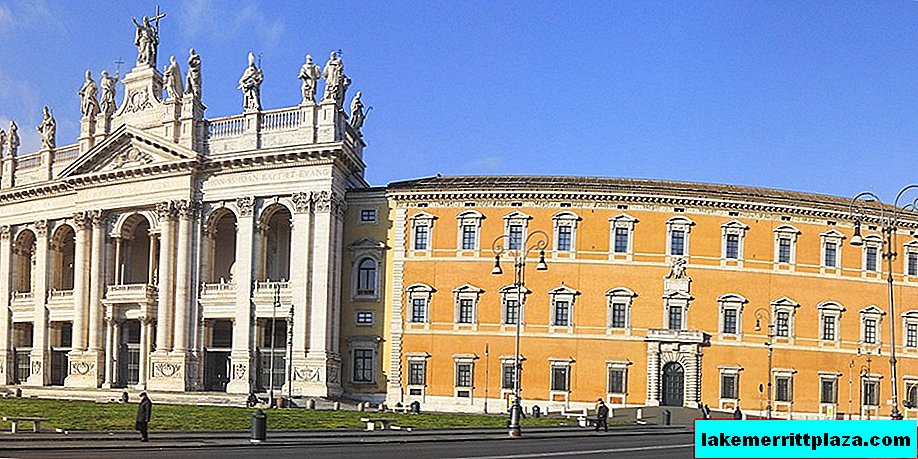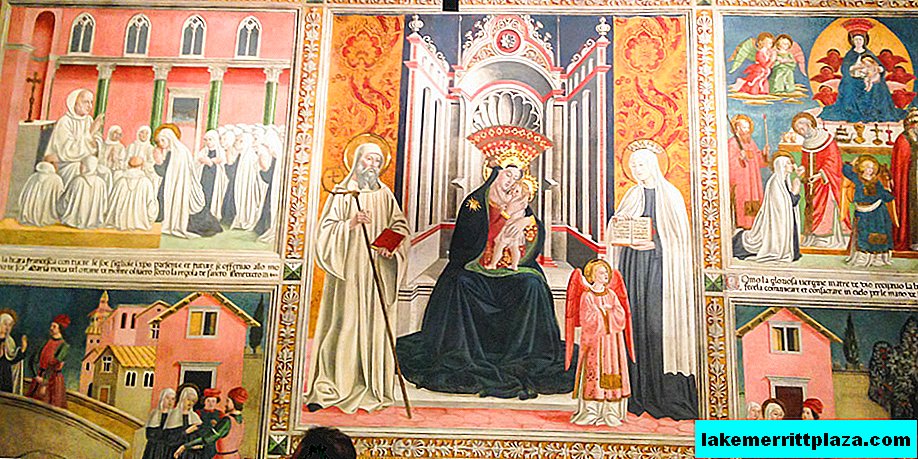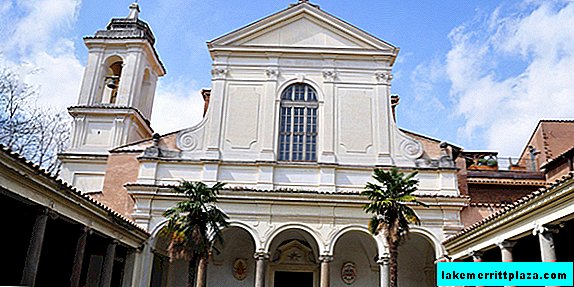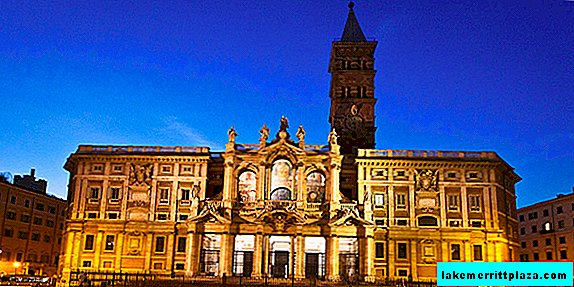If you ever happen to visit Verona, be sure to look at the ancient castle of Castelvecchio (Italian: Castelvecchio), a UNESCO World Heritage Site.
Story
Castelvecchio Castle was built in the 14th century, during the reign of the Scaligers. It was part of the defense structures of the city, a well-fortified fortress, a miracle of military architecture of that time. Initially, it was called San Martino al Ponte (Castello di San Martino al Ponte) - after the church, which was nearby.
The castle was designed following the example of all the fortresses of that time - high walls surrounded by deep moats filled with water. Such a moat-ramp system was common for fortifying medieval cities. To build a new fortress, they chose a place where in ancient times there was an ancient Roman fort - fragments of foundations remained from it. Centuries later, in its place, the cruel tyrant of Verona Kangrad Second della Scale and ordered to erect a castle.
At the end of the XVIII century there was a residence of Napoleon. Locals at first were very loyal to his soldiers, but soon they began looting and robbery. In 1796, an uprising of citizens began, as a result of which the castle was badly damaged. After restoration in the mid-19th century, the Austrian garrison was stationed there for some time.
Castle
Castelvecchio castle looks simple and strict - red brick walls, without any decorations, with battlements. The teeth are similar to the letter M. The legend of two warring clans, Guelphs and Ghibellines that do not recognize each other is connected with this.
This confrontation reached the point where even the battlements in their castles did differently. Guelphs have pointed, wing-like birds, and gibellins have rectangular. This was done so that everyone could see from afar who owned the building.
Interestingly decorated courtyard. In shape, it resembles an irregular trapezoid, and 7 watchtowers are built around its perimeter. Castalvecchio connects the Scaliger Bridge with the left bank of Verona. They are built at the same time, in the Romanesque style, and together they are a magnificent ensemble of medieval architecture.
Scaliger Bridge
The bridge adjacent to the castle is named after the then ruling Scaliger dynasty. By order of the monarch Kangrande II of the Scala, it was designed by the famous architect of the Middle Ages, Guglielmo Bevilacqua. He also directed all the work. The construction was carried out for more than 10 years and ended in 1355. The bridge became the only road connecting Castalvecchio with the city.
This is a very powerful and at the same time aesthetic building, with loopholes and pointed teeth similar to the castle, its length is more than 100 meters. It consists of three arches of different lengths, which are based on two pentagonal towers. Arches form three spans, the length of the largest is 50 meters.
The bridge was so strong and reliable that it stood without reconstruction for about 500 years. He was blown up by the Nazis on his retreat from Verona in 1945. After the war, the bridge was restored in its original form, according to the surviving drawings and descriptions, using fragments found in the river.
Museum
Today, Castellvecchio Castle has a history museum. One of its halls is completely devoted to the history of the castle itself. The exposition is a rich collection of medieval paintings and sculptures. Part of it is located in the courtyards. A visit to the museum is paid, tickets cost from € 6.00. Every first Sunday of the month from October to May, a ticket for everyone costs 1 euro. Entrance to the courtyard is free for everyone. For those who are interested in history, art, a library works.
The museum offers guided tours in Italian. A great alternative to standard excursions is a walk through the sights of Verona with a local resident. You can find an unusual guide on experience.tripster.ru/experience/Verona/
- Official website of the museum: museodicastelvecchio.comune.verona.it
Opening hours: Tuesday-Friday - from 9.00 to 18.00; Saturday - from 9.00 to 14.00. Summer months - from 9.00 to 13.00. Monday and Sunday are weekends.
How to get there
City buses number 72 and 73 depart from the train station to the castle; tickets can be bought directly from the driver. The cost of the trip is about 2 euros. The stop is just opposite Castelvecchio.

